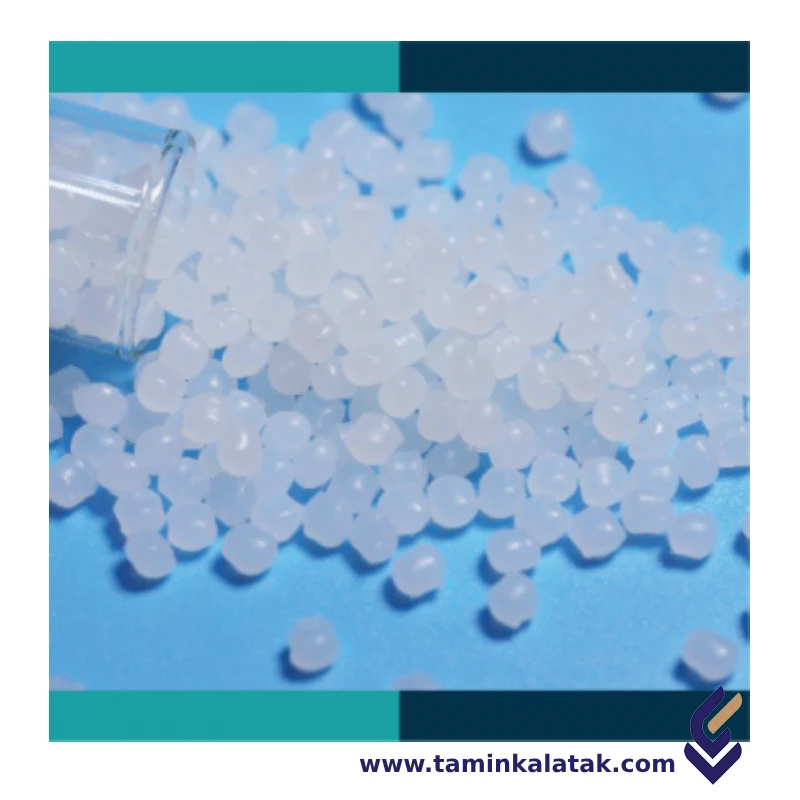Polymers are made up of very large molecules made up of many repeating units called monomers, which ultimately form this long polymer chain
A compound is a polymer blend mixed with additives, fillers, and reinforcements to achieve specific properties for end-use applications. A masterbatch is a concentrated mixture of additives or pigments in a carrier resin, used to enhance plastics without altering their base properties.
Clarifying Masterbatch
Clarifying masterbatch is a type of additive used in plastic manufacturing to improve transparency, gloss, and mechanical properties in semi-crystalline polymers like polypropylene (PP). It enhances the clarity and brightness of finished products by modifying the polymer’s crystallization behavior.
Structure
The structure of clarifying masterbatch consists of a polymer carrier resin, typically polypropylene (PP), combined with a clarifying agent such as sorbitol-based compounds, phosphate esters, or nucleating agents. The clarifying agent works by modifying the crystallization behavior of semi-crystalline polymers, reducing the size of spherulites formed during cooling, which enhances transparency and gloss. The masterbatch is formulated with a precise concentration of additives to ensure uniform dispersion within the polymer matrix. In addition to the clarifying agent, the formulation may include processing aids, stabilizers, and dispersants to improve compatibility, flowability, and thermal stability. The overall structure ensures that when mixed with raw polymer during processing, the masterbatch effectively enhances optical properties while maintaining mechanical strength and process efficiency.
Properties
Clarifying masterbatch possesses several key properties that enhance the optical and mechanical performance of polypropylene and other semi-crystalline polymers. It improves transparency by reducing haze and increasing light transmission, giving the final product a glass-like appearance. The masterbatch also enhances surface gloss, making the material more visually appealing. In addition to optical benefits, it increases stiffness and impact resistance, ensuring that the material remains durable while maintaining flexibility. It also optimizes processing by lowering the melting temperature, reducing cycle times, and improving mold release, which enhances production efficiency. Furthermore, clarifying masterbatch is thermally stable, ensuring long-term performance without degradation, and is often formulated to comply with FDA and food-grade safety standards, making it suitable for food packaging and medical applications.
Applications of Clarifying Masterbatch:
- Food Packaging – Used in transparent containers, trays, and beverage cups.
- Household Products – Applied in storage boxes, kitchenware, and organizers.
- Medical Devices – Used in syringes, vials, IV components, and lab equipment.
- Automotive Components – Enhances clarity in light housings and interior parts.
- Thin-Wall Injection Molding – Improves transparency in cosmetic packaging and electronic casings.
- Blow Molding and Extrusion – Used in clear bottles, films, and thermoformed sheets.
Advantages of Clarifying Masterbatch:
- Enhances Transparency – Reduces haze and increases clarity in polypropylene.
- Improves Gloss and Aesthetic Appeal – Provides a smooth, shiny surface.
- Increases Stiffness and Strength – Enhances mechanical properties without brittleness.
- Optimizes Processing Efficiency – Lowers processing temperature and cycle time.
- Compatible with Food and Medical Applications – Often FDA-approved for safety.
- Reduces Material Costs – Allows for thinner wall sections while maintaining strength.
Disadvantages of Clarifying Masterbatch:
- Limited Compatibility – Mainly effective for polypropylene, with minimal impact on other polymers.
- Processing Sensitivity – Requires precise temperature control to achieve maximum clarity.
- Potential Cost Increase – Higher-quality clarifying agents may raise material costs.
- Aging and Performance Stability – Some clarifying agents may degrade over time, reducing effectiveness.
Applications
Clarifying Masterbatch
| Products | MFI (g/10 min) | Density (g/Cm³) | Applications | Process method | Data Sheet | MSDS |
|---|---|---|---|---|---|---|
| Clarifying masterbatch | 5-30 | 0.90-1.10 | Transparent containers, trays, and beverage cups Syringes, IV tubes, and vials requiring high clarity Clear storage boxes, organizers, and kitchenware Light housings, dashboards, and transparent plastic parts Cosmetic packaging, electronic casings, and premium packaging Transparent bottles, sheets, and films | Injection Molding Blow Molding Extrusion and Thermoforming Compounding |







